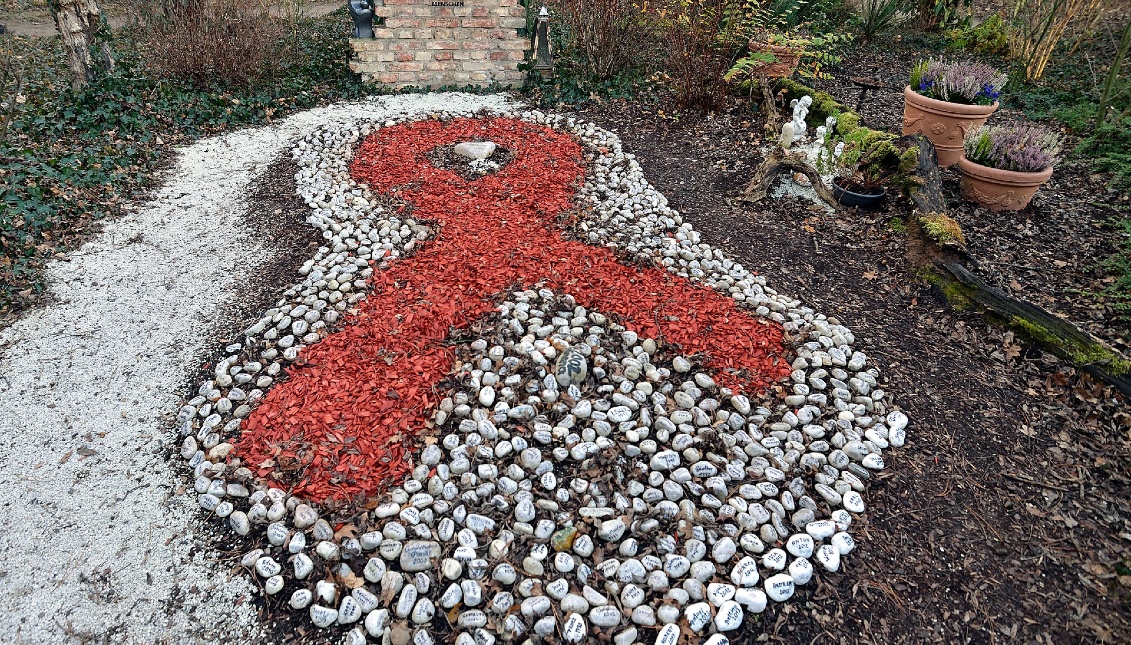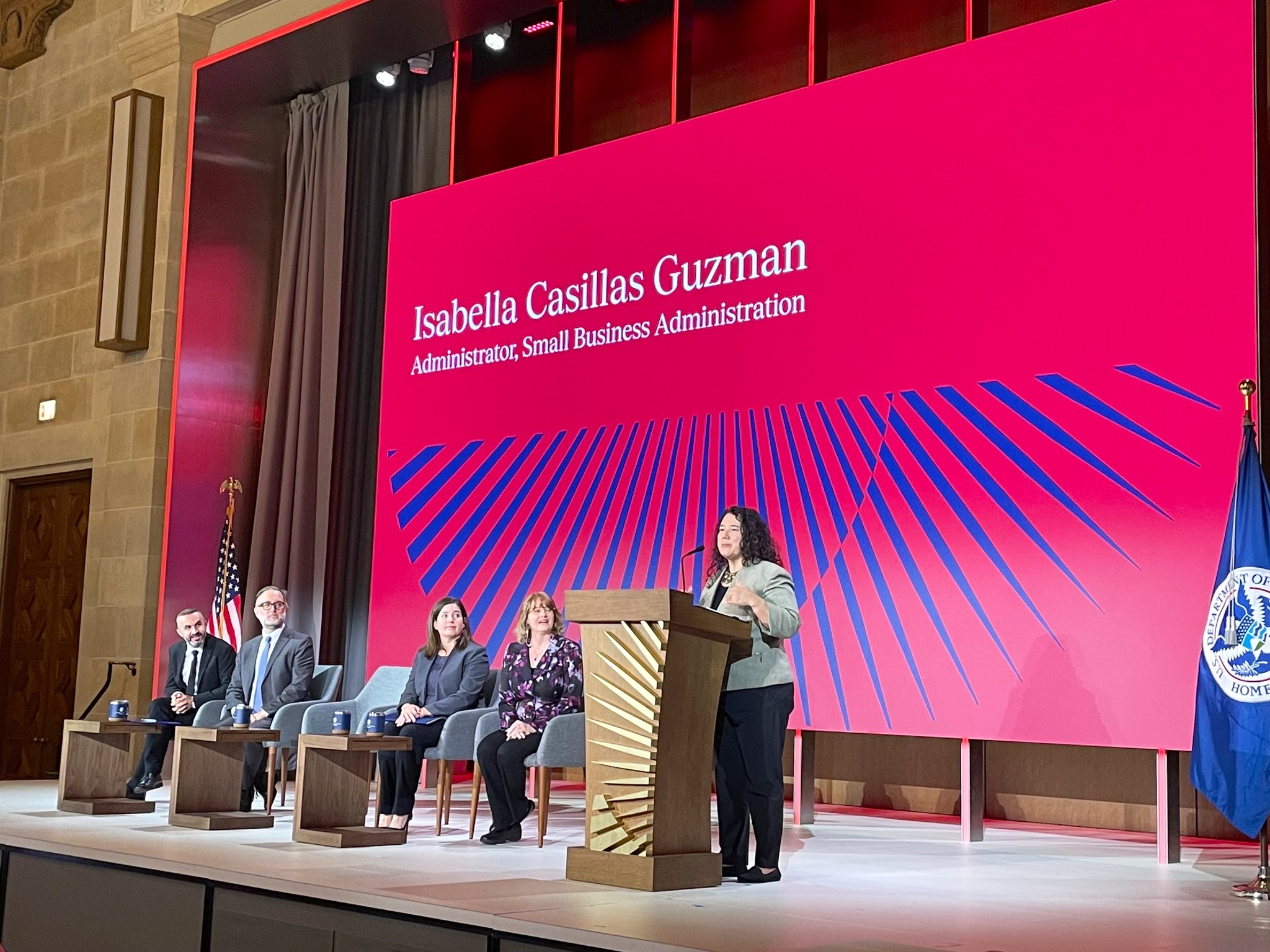
Forty years of the AIDS epidemic: How did the story begin?
It is 40 years since the first cases of a disease that has shown that with research and activism, stigmas can be broken down.
Forty years ago, there was first talk of an autoimmune disease affecting gay men. Since then, some 36 million people have died of HIV/AIDS.
In 1981, Dr. Michael Gottlieb had just arrived at UCLA, and on his rounds, he encountered a patient with symptoms of an unusual autoimmune disease. The hitherto healthy 31-year-old gay man had come to the emergency room with weight loss, candidiasis (thrush), unexplained fevers that ended up being a type of pneumonia that only occurred in people with severe autoimmune diseases.
Although Dr. Gottlieb thought it was an isolated case, a rheumatologist informed Gottlieb of two strikingly similar cases in people who were patients of a doctor in Sherman Oaks, a Los Angeles neighborhood with a big gay community.
This strange disease was already multiplying within the community, and by the Summer of 1981, there was already talk of a 'gay plague.'
Faced with these first three cases and a few more that came to the doctor's attention, on June 5, 1981, Dr. Gottlieb and other colleagues published a three-page document in the Morbidity and Mortality Weekly Report of the Centers for Disease Control and Prevention (CDC), in which these first five cases of what was called a "Pneumocystis Pneumonia - Los Angeles" were discussed. A year later, it would be called Acquired Immune Deficiency Syndrome — AIDS.
RELATED CONTENT
That first article set off alarm bells and by the end of the year, hundreds of other cases began to be added, with other symptoms such as Kaposi's sarcoma, an aggressive skin cancer. The rest is history.
During the 1980s the AIDS epidemic spread around the world as a deadly disease about which little was known. Today, four decades later, thanks to research and activism, much has changed around the disease.
What in the beginning was death and fear, became a cause that united celebrities and the scientific community to find solutions. Thus, for example, AmfAR (American Foundation for AIDS Research) was created. One of its founding members was Gottlieb, along with actress Elizabeth Taylor and Dr. Mathilde Krim.
“These early patients who were dying were my contemporaries,” said Gottlieb in an interview for UCLA magazine. "Politically, there was a stigma attached to them, so it was going to be an uphill battle. I felt I had to do what it took to plead with funders to take this seriously."











LEAVE A COMMENT:
Join the discussion! Leave a comment.